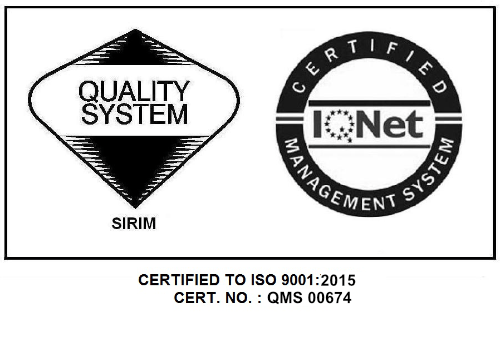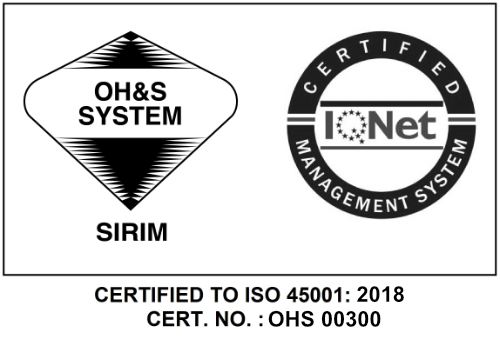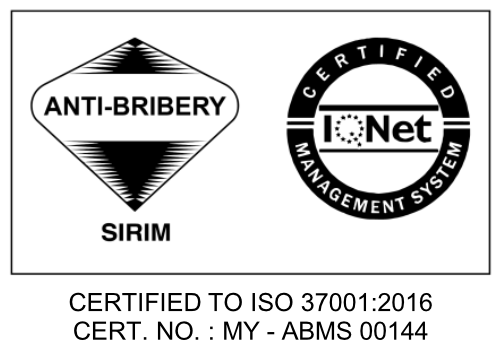
In the third part of the series, it is a valuable addition to learn about the challenges and opportunities associated with green hydrogen.
The global push for decarbonisation has made green hydrogen a critical player in clean energy strategies, but its success depends on resolving key challenges. Sarawak, through SEDC Energy, is among the early movers tackling these barriers while capitalising on emerging opportunities.
One of the biggest drivers of achieving decarbonisation is government support. Malaysia’s commitment to the Paris Agreement and its net-zero goals by 2050 has enabled state-level actors, such as Sarawak, to innovate with policy backing. Green hydrogen is crucial in sectors that are challenging to electrify, including steelmaking, chemical manufacturing, aviation, and heavy transportation.
However, market uptake remains limited. The high cost of production, driven by renewable electricity and capital-intensive electrolysers, still deters commercial scale-up. Additionally, infrastructure gaps, including pipelines, refuelling stations, and storage facilities, require rapid expansion. Without consistent demand and binding off-take agreements, hydrogen remains commercially risky.
Why Green Hydrogen:

Sarawak is mitigating these issues by launching multifuel stations and partnering with international players, particularly in Asia. These steps aim to create steady demand while ensuring local utilisation grows in tandem with export opportunities.
Beyond infrastructure, regulatory clarity, public-private collaboration, and innovation in hydrogen storage and transport (MCH and ammonia) are essential. IRENA predicts that hydrogen costs could decrease by 40–80% by 2030, driven by technological advancements and increased scale.
If these barriers are addressed, green hydrogen can become a powerful tool in ESG-driven investments, job creation, and climate resilience. Sarawak’s journey reflects both the promise and complexity of a hydrogen future, highlighting the need for coordination, courage, and capital to make it work.
Related article:
PART 1: Sarawak’s Green Hydrogen Leads the Energy Transition















